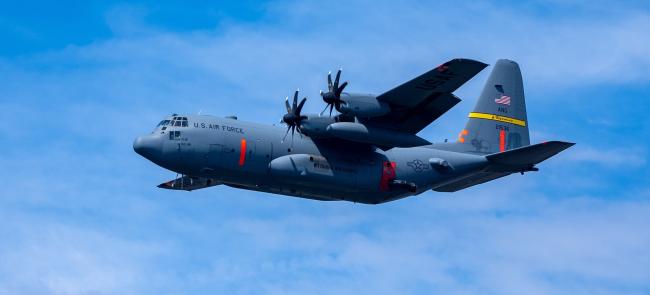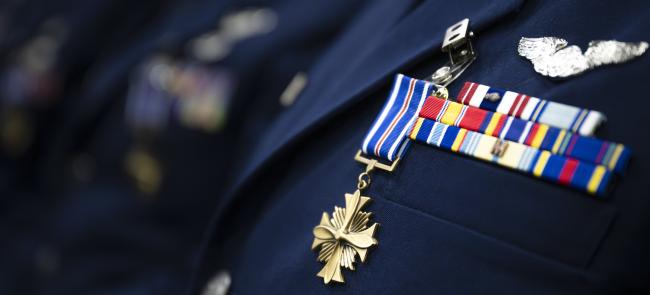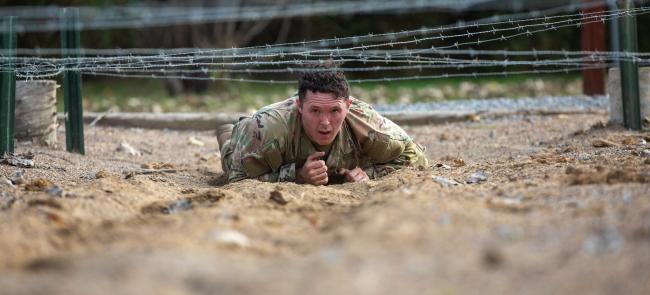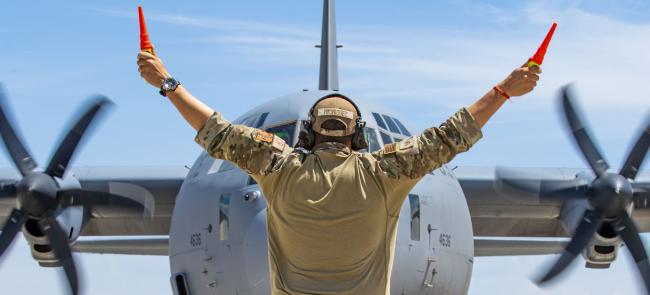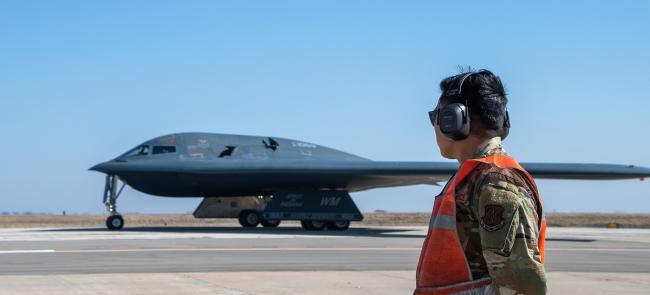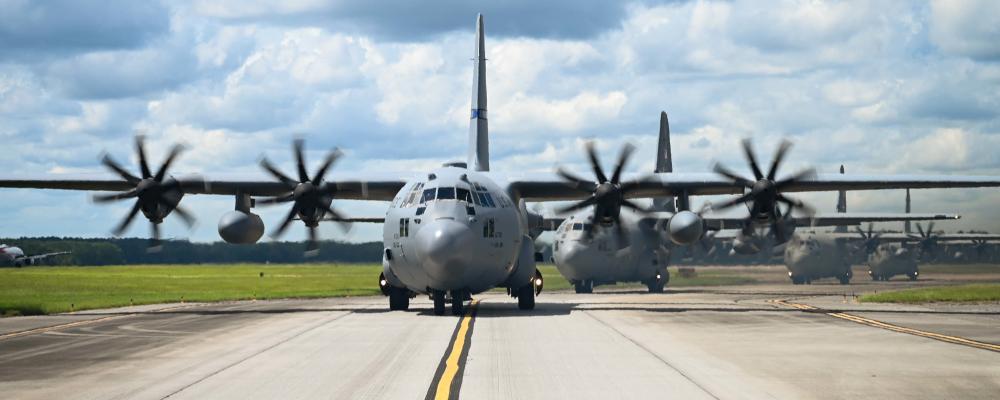
Air National Guard C-130H Hercules airlift units completely grounded last fall due to propeller-barrel cracks now have enough operable aircraft to resume training, according to the chairman of the NGAUS Mobility Air Forces Task Force.
Col. Stephen Gwinn, also the commander of the Connecticut Air Guard’s 103rd Airlift Wing, said the affected units now have — or will soon — three C-130Hs with either the upgraded eight-blade NP 2000 propeller assembly or newly constructed legacy 54H60 propellers.
But the units won't have their full authorization of eight operable aircraft and be fully mission capable until later this calendar year.
Air Mobility Command grounded 116 H-model C-130s and variants Sept. 30 after discovering propeller-barrel cracks during depot-level maintenance at Warner Robins Air Logistics Complex in Georgia.
The vast majority of the aircraft were in the Air Guard or Air Force Reserve, AMC said.
Air Force officials traced the issue to maintainers at the facility using the wrong tool to etch numbers on propeller barrels.
The process heated the barrels, which made them brittle in places and subject to potentially catastrophic cracks.
Not all of the Guard C-130Hs were impacted. Using funds Congress added to presidential budget requests, the Guard had begun replacing the old propeller assemblies at a rate of two aircraft a month.
But the effort had just started, and much of the Guard C-130H fleet was affected by the grounding order.
The Air Guard has 16 C-130 units; five operate the new J model, which wasn't affected, and the rest fly the H model.
Gwinn said the original timetable to bring the impacted units back to fully mission capable extended well into calendar year 2024.
The timeline was attributable to the two-aircraft-a-month propeller mod rate, which was a product of the funding source.
The Guard has depended on Congress to add money to budgets requests for modernizing its C-130H propellers.
Consequently, NP 2000 propellers are not an official Air Force “program of record." As such, they lack the guaranteed annual funding that enables manufacturers and subcontractors to build inventory.
Gwinn said the Guard was able to accelerate the original timetable by locating more of the required parts in various “inventories,” including the aircraft boneyard at Davis-Monthan Air Force Base in the Arizona desert.
Col. Daniel Begin, the commander of the maintenance group for the Delaware Air Guard’s 166th Airlift Wing, said last week that his unit had two operational aircraft.
Begin said that his unit worked in concert with the C-130 System Program Office at Robins Air Force Base, the National Guard Bureau and AMC to obtain the necessary “hub and blade assemblies to build up the propellers to re-install on their aircraft.”
“It was a slow process, but the whole enterprise worked together to provide us fully mission-capable aircraft again,” he explained.
"My team is in daily communications with our Air staff at the National Guard Bureau, Air Mobility Command staff and the Air Logistics Center," Begin continued.
"There has been a significant amount of coordination to get us to where we are today.”
Begin said wing personnel traveled to Arkansas’s 189th Airlift Wing in Little Rock to receive recurrent training for aircrew, including instructors, while flight crews were grounded.
The 189th Airlift Wing is the Guard’s C-130 schoolhouse.
"That level of effort was a significant help to the enterprise and to our unit,” Begin said.
— By Donald Lambert



